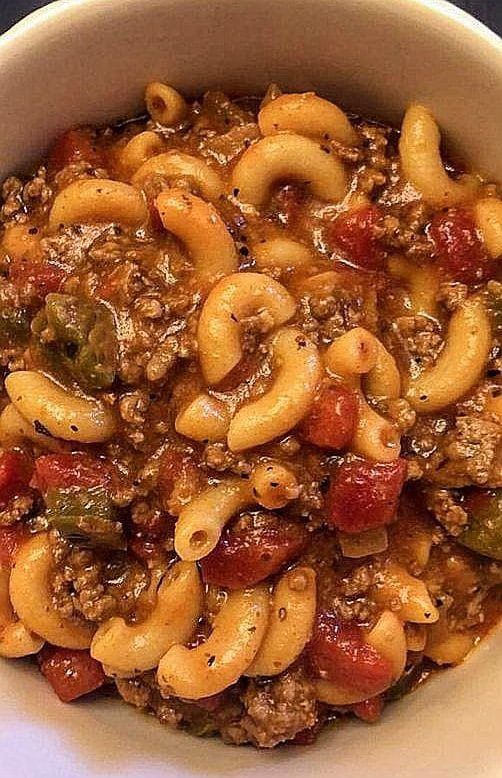Unearthing the Rich History of Ancient Designed Goulash
Have you ever wondered about the culinary origins of goulash? Beyond the comforting bowl of paprika-spiced stew we often enjoy today, lies a rich history stretching back centuries. This isn’t just about a simple soup; it’s about ancient techniques, resourceful ingredients, and the evolution of a dish that reflects the heart of Hungarian heritage. We’ll explore the fascinating journey of goulash from its humble beginnings to the diverse variations we see today. Get ready to discover the secrets behind this ancient designed goulash!

*
The Nomadic Roots of Goulash
Goulash wasn’t always the hearty stew we know and love. Its origins trace back to the 9th century, when Hungarian nomadic herdsmen, known as “gulyás” (meaning herdsman), traveled across the plains. These resourceful individuals needed a portable and sustainable food source.
Gulyás: The Original “Goulash”
The early form of goulash was far from the stew we picture today. Instead, it was a simple dish consisting of meat – primarily beef, mutton, or veal – that was cooked and then sun-dried for preservation.
- Meat was cooked with minimal ingredients.
- Sun-drying allowed for easy transportation.
- This dried meat was later rehydrated with water to make a basic soup.
Think of it as a very primitive form of beef jerky soup! This allowed the herdsmen to carry their meals with them and prepare them quickly and easily while on the move.

*
The Importance of Onions and Simple Spices
As time progressed, and settlements began to emerge, goulash evolved. Onions, a relatively common and easily stored vegetable, became a staple ingredient. While paprika, the spice most associated with goulash today, wouldn’t appear until much later, other simple spices were likely used to enhance the flavor.
* Onions provided flavor and substance.
* Garlic and other locally available herbs were likely added.
* The focus was on creating a filling and nutritious meal with readily available ingredients.
This marked a crucial step in the transformation of goulash from a purely survival food to something resembling the dish we recognize today.

*
The Rise of Paprika and Regional Variations
The 16th century marked a turning point in the history of goulash. The introduction of paprika, derived from chili peppers brought to Europe from the New World, revolutionized Hungarian cuisine.
Paprika’s Influence on Goulash
Paprika quickly became a defining characteristic of goulash, adding not only a distinctive flavor but also a vibrant red color. Different types of paprika, from sweet to spicy, allowed for regional variations to emerge.
- Sweet paprika adds a mild, fruity flavor.
- Hot paprika provides a fiery kick.
- Smoked paprika contributes a smoky depth.
The addition of paprika truly elevated goulash and cemented its place as a national dish.

*
Regional Goulash Styles
As goulash spread throughout the Austro-Hungarian Empire and beyond, different regions developed their own unique variations. These variations often reflected locally available ingredients and culinary preferences.
* **Székelygulyás:** A Transylvanian variation that incorporates sauerkraut and sour cream.
* **Bográcsgulyás:** Cooked outdoors in a “bogrács” (cauldron) over an open fire, often featuring game meats.
* **Csángógulyás:** A simpler style using primarily potatoes and smoked meat.
Exploring these regional styles provides a delicious glimpse into the diverse culinary landscape shaped by goulash. Understanding these differences allows you to appreciate the versatility of this ancient dish. You can find many modern goulash recipes online that take inspiration from these ancient techniques.

*
Conclusion: A Timeless Culinary Legacy
From its humble beginnings as a portable meal for nomadic herdsmen to the rich and diverse stews enjoyed worldwide today, ancient designed goulash represents a fascinating culinary journey. The dish’s evolution reflects the history of Hungary, the availability of ingredients, and the creativity of cooks throughout the centuries.
Goulash is more than just a recipe; it’s a cultural icon. So, the next time you savor a bowl of this hearty stew, remember its long and storied past. Why not try experimenting with different variations and create your own unique take on this timeless classic? Discovering the history of your food adds an extra layer of flavor!

*
